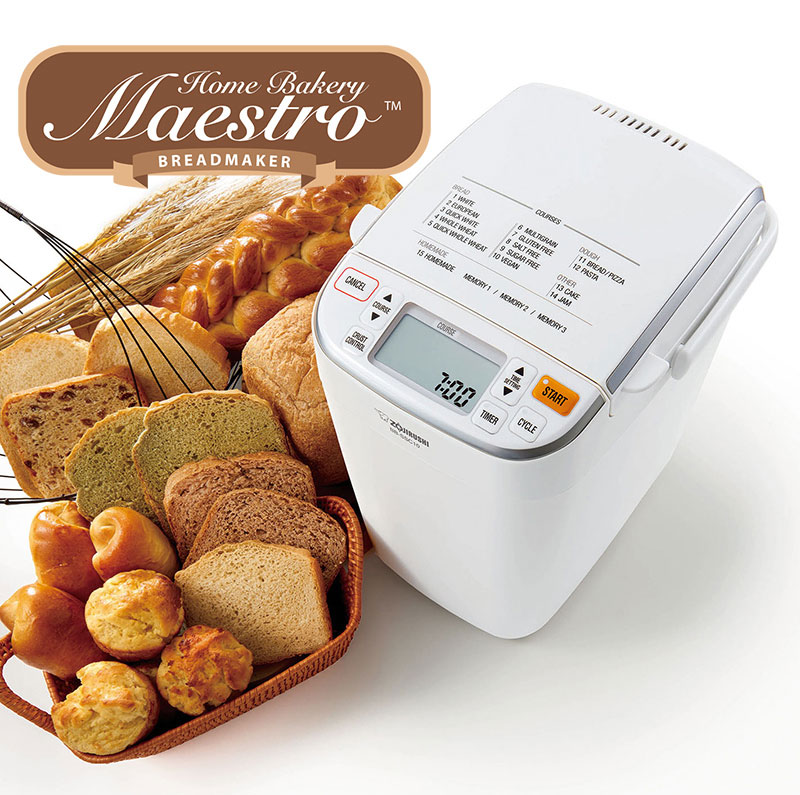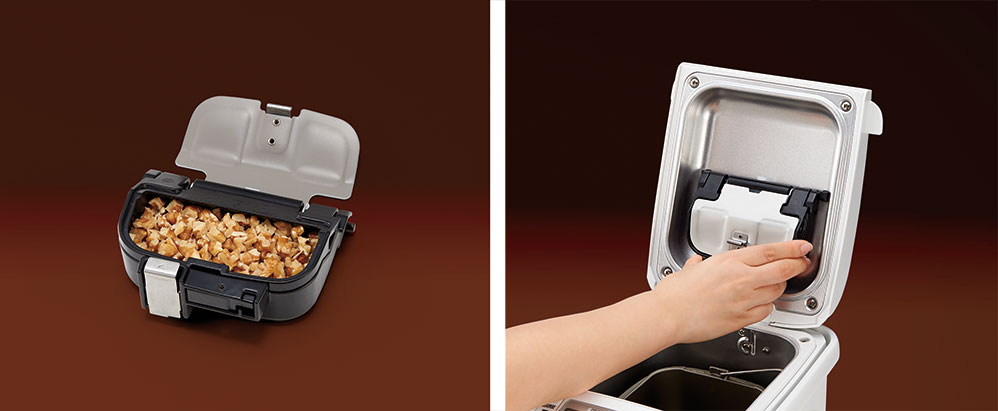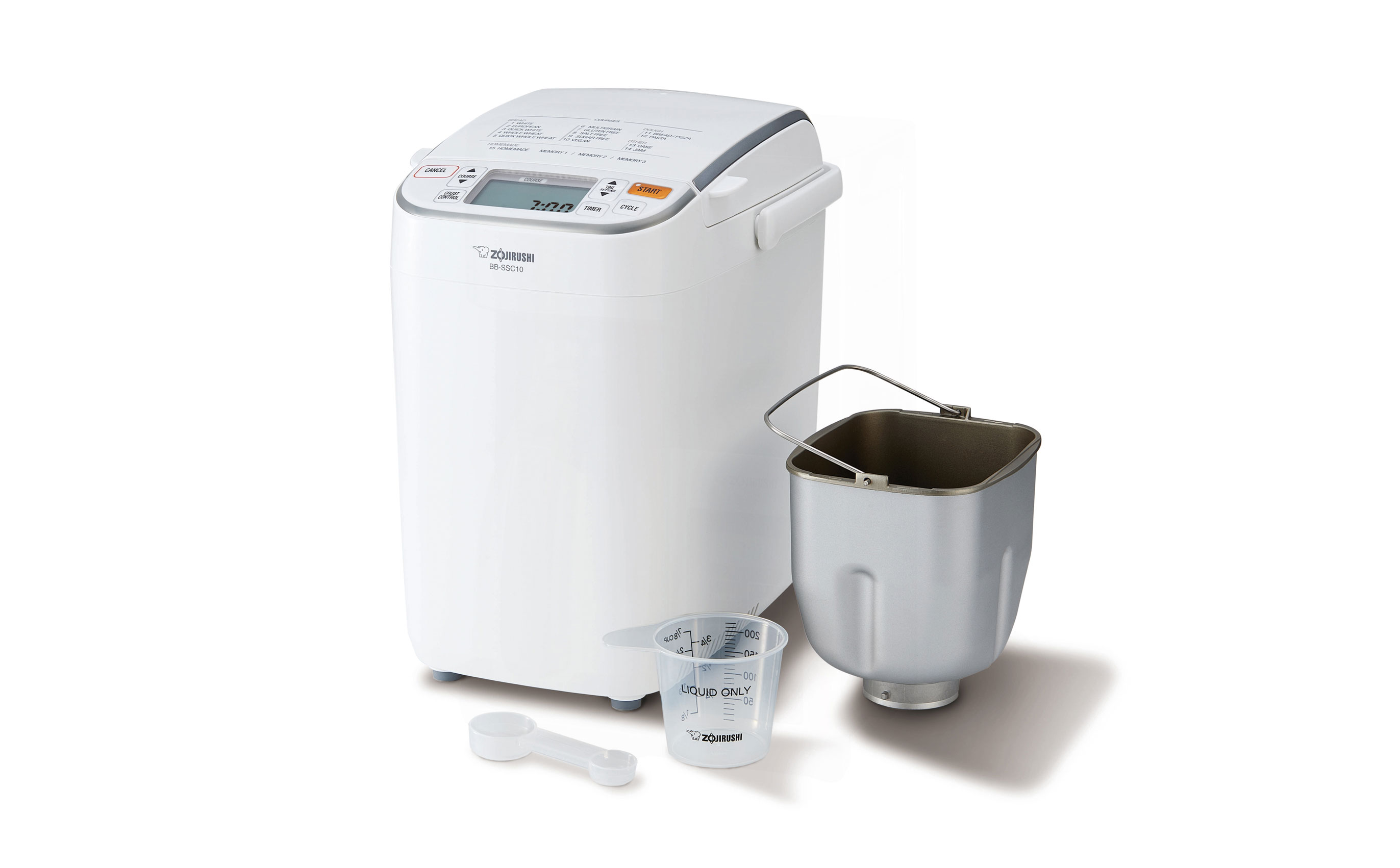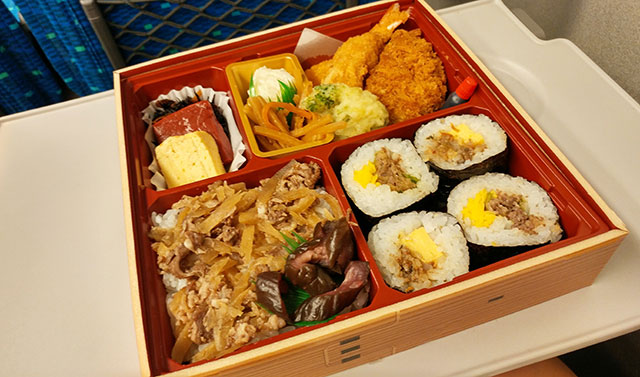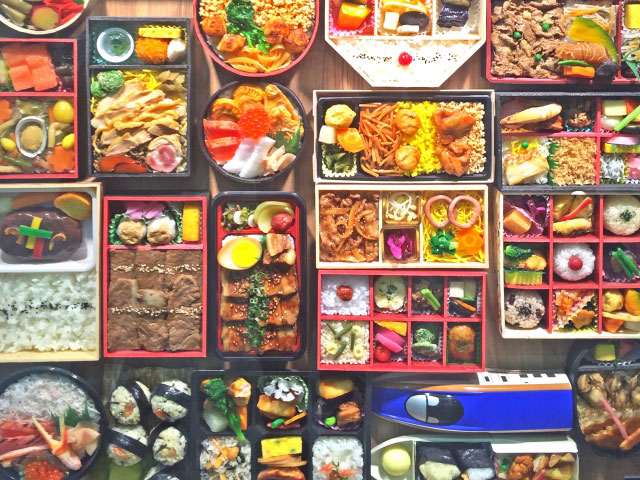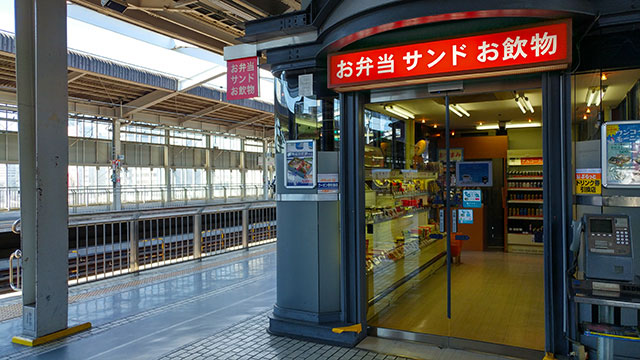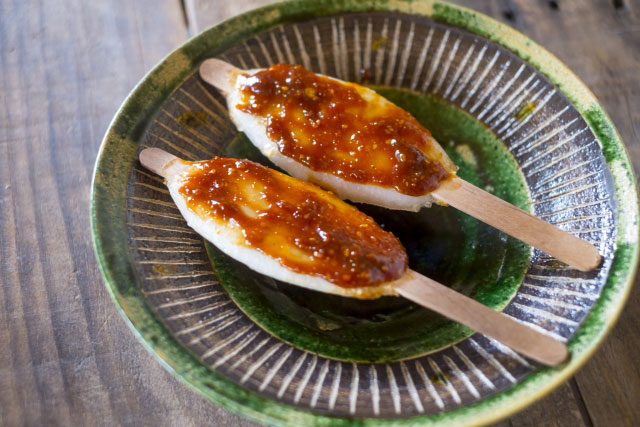 Our Food Lover’s Tour continues this month in Gifu Prefecture, home of the famous gohei mochi!
Our Food Lover’s Tour continues this month in Gifu Prefecture, home of the famous gohei mochi!
Located in Central Japan, Gifu Prefecture represents so many facets of the Japanese landscape and the diverse culture of this area.
The northern part of Gifu Prefecture is mountainous, covered by large swathes of alpine forests, ideal for skiing in the winter and trekking in the summer. The central area of the prefecture boasts clear, fresh springs, caverns and local traditions. And the southern part of Gifu Prefecture is famous for traditional cormorant fishing, modern industry and the confluence of powerful rivers.
One of the most famous sights in Gifu Prefecture is Shirakawa-go, situated at the base of Mt. Haku-san. Shirakawa-go embodies ancient Japanese alpine life, with a river running through the village, nourishing rice fields, a temple, coalhouse and paddock to preserve the old village scenery and 114 traditional thatched roof homes, still occupied along with the more modern residences. Locals continue to practice traditional industrial arts such as weaving, dyeing and culinary arts such as making soba noodles and sake. UNESCO designated Shirakawa-go as a World Heritage Site in 1995.
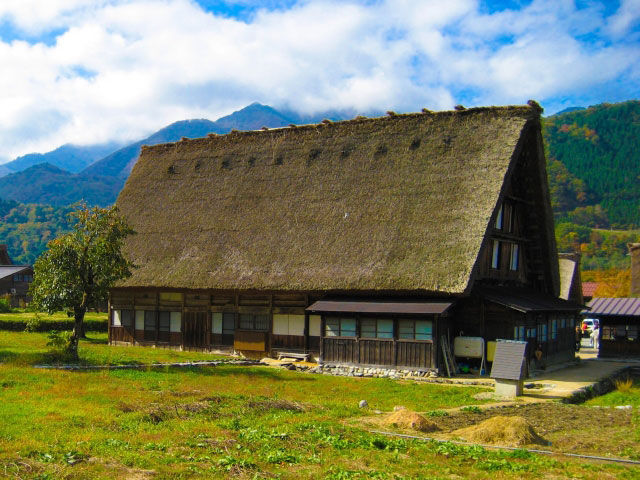
When not enjoying the snow, visitors to Gifu Prefecture enjoy the onsen, or hot springs, predominantly found in Gero and Okuhida. The hot springs at Gero have been active since the 10th century, and are said to be effective in treating ailments. They’re even nicknamed the “springs for the beautiful” because the smoothness of the water is said to aid in beautifying skin tone and complexion. The Okuhida area also boasts hot springs, five of which are famous in Gifu Prefecture. These onsen–Hirayu, Fukuji, Shin-Hirayu, Tochio and Shin-Hotaka–are scattered along the base of the Japanese Alps, and are surrounded by incredible frozen waterfalls in winter and teeming rivers and white birch forests during warmer months.
The southern part of Gifu Prefecture is widely famous for cormorant fishing along the Nagara River, near Gifu City. This area prospered as a castle town during the 13th century, and to this day, the annual Tejikarao Fire Festival, when portable shrines are carried among a shower of sparks and paraded through the city in the spring. Also in the spring, traditionally beginning on May 11, cormorant fishing takes place along the river, a practice that has been taking place here since the 8th century. Cormorants are aquatic birds that have been trained to catch sweet ayu, a type of river trout. The fishing masters are recognized by the Japanese Imperial Household and showcase this type of fishing until the middle of October.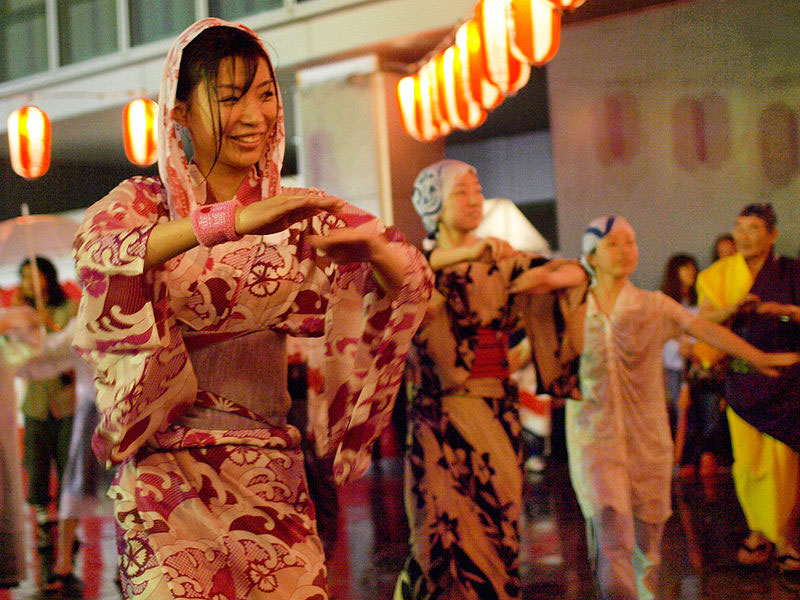
For those who crave more nightlife, the Okumino Area hosts the Gujo-odori, a dance festival that lasts for 32 nights, within this period, four days are termed “All-Night Dancing” and the participants dance the whole night from dusk until dawn! The Takayama Festival and Furukawa Festival also provide ample opportunity to party, with both festivals showcasing the craftsmanship and artistry of this area–including the production of washi paper and wood carvings—in the floats that are designed for the processions.
But Gifu Prefecture isn’t just about tradition. Many modern industries thrive in this area, from the serious aerospace business to the more whimsical production of plastic food displays. No matter what your interest–skiing, trekking, museums, architecture, onsen, or outer space–Gifu Prefecture has everything to offer…
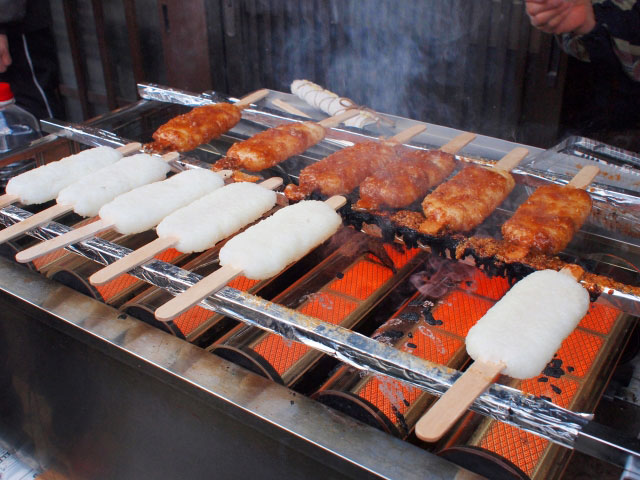
… Including pleasure for your taste buds! Gohei mochi is a signature dish of this area and is made from cooked short-grain white rice, pounded and shaped onto a flat stick. The rice is then grilled and once crispy, coated with a walnut-miso paste and grilled again. The resulting snack is warm, savory and delicious… and best of all, easily made at home! You may try out this simple recipe!
We hope you enjoyed learning about Gifu Prefecture and as always, share your experience with us… and don’t forget the pictures of your gohei mochi!
